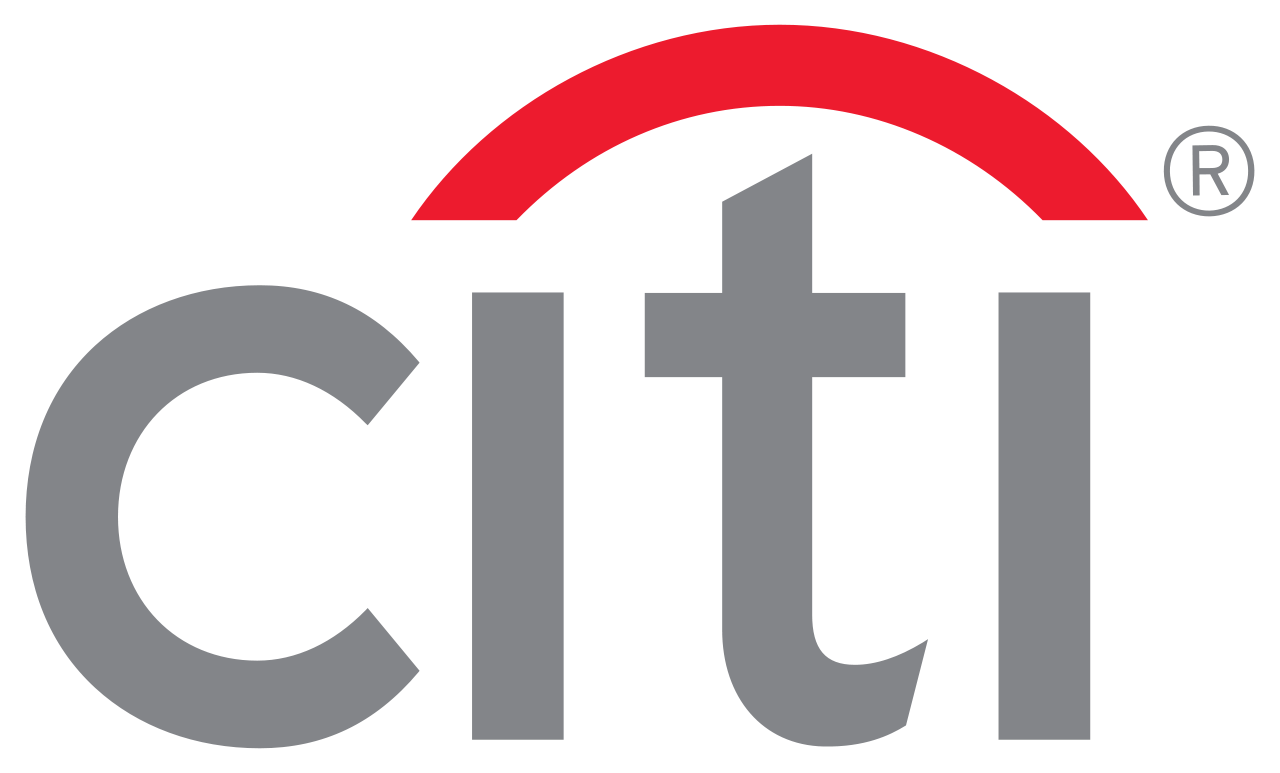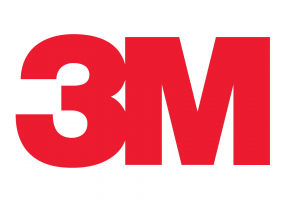Global M&A Industry Trends: 2022 Mid-Year Update
12.08.2022Company: PricewaterhouseCoopers Česká republika, s.r.o.
M&A reset: As market headwinds pick up speed, the second half of 2022 is providing an opportunity for dealmakers to reassess strategy and act boldly.
What a difference six months makes. At the start of 2022, dealmakers were riding high from the best year on record for global M&A, with more than 60,000 publicly disclosed deals breaking US$5tn in value for the first time. We predicted that this year wasn’t likely to top 2021 in the face of growing headwinds—but the market expected M&A to continue to prosper. Fast-forward to mid-year. Not only have the headwinds grown stronger, but new ones have emerged, including rapidly accelerating inflation and interest rates, lower stock prices, and an energy crisis deepened by the Russia–Ukraine conflict.
Despite these challenges, we believe that M&A will play an increasingly important role in corporate strategies—and there might even be better opportunities for investors to generate healthy returns in today’s environment, as valuations come down. Indeed, dealmakers have good reasons to reset their strategic priorities and make bold moves to get deals done in the areas of their M&A pipeline that matter most. Specifically, it is imperative to plan or prepare to win over stakeholders early, understand how inflation can be a game-changer, and prioritise increasingly urgent workforce strategies in acquisitions and integration (as we detail below).
Looking to the second half of the year, dealmakers are facing arguably one of—if not the—most uncertain and complex environments in recent memory. Deal values declined by 20% compared to the first half of 2021, and are likely to decrease further as the economic fallout is priced into global markets. Deal volumes have fared better, falling back to strong pre-pandemic levels, when M&A activity averaged 50,000 deals per year from 2017–19. But of particular note, the number of megadeals (deals with a value in excess of US$5bn) decreased by almost 40% between the second half of 2021 and the first half of 2022, as executives grew more cautious and regulatory scrutiny increased in several key markets.
‘Now is not the time to sit on the sidelines, but to reassess—even reset—M&A strategy. I expect to look back at 2022 to find the successful dealmakers of tomorrow who will be defined as those who boldly execute on their M&A goals today and overcome the current market challenges.’
Brian LevyGlobal Deals Industries Leader, Partner, PwC US
The good news is that deals done during a downturn or otherwise challenging markets are often the most successful. A PwC analysis found better returns for buyers during a downturn and shows how deals launched during such times can achieve outsized growth. We believe that dealmakers who are bold—and strategically pursue M&A with a strong capabilities fit—will be best positioned to create value for the longer term. What’s more, the factors that underpinned the M&A market in the first half of the year will remain influential for deal-making in the latter half: supply chain resilience; portfolio optimisation; environmental, social and governance (ESG); and, above all, the competition for badly needed technology.
Win over stakeholders
M&A volumes and values tend to rise during periods of economic growth and favourable markets, and decrease during times of uncertainty and market volatility. We saw this happen in early 2020 at the onset of the COVID-19 pandemic, and we have seen similar trends in prior economic recessions, such as the global financial crisis and the dot-com bust. It should be no surprise therefore that M&A softened during the first half of 2022. Dealmakers are facing higher costs of capital and increasing pressure on returns. And their boards and investment committees may be advocating for caution, even delays, in M&A pipelines, as rising inflation, concerns over energy supply, labour shortages and supply chain disruptions put pressure on balance sheets and put longer-term priorities, such as deals, on hold.
How can dealmakers successfully overcome stakeholder concerns and win trust to get deals done in the current environment? Consider the following approaches.
- Build the case for M&A now: Don’t wait until the target is identified. Advocate for a deals strategy aligned with strategic goals, rather than waiting to bring stakeholders on board until you are engaged on a deal. Highlight the importance and impact of pursuing M&A irrespective of the current market climate.
- Focus on the long term: The best leaders outperform the worst markets by seeing value beyond the short-term horizon. Periods of rapid change create space for new ideas and can create opportunities to present new visions for the future. Build trust with your stakeholders and generate support for your M&A strategy—one that will deliver results and successful outcomes for the long term.
- Expand your due diligence: There is an even greater need to perform robust due diligence—both deeper and beyond traditional areas—in order to get comfortable with the investment rationale, company projections, competitive landscape and impact of an inflationary environment.
- Capitalise based on the value reset: Valuations in both public and private markets are under pressure. In particular, with the decline in stock market performance, many high-quality companies are trading at significant discounts to recent highs. With the number of public-to-private transactions in early 2022 almost 50% higher than the same period last year, many investors are already jumping into the market.
‘We're seeing an acceleration of strategic decisions to enhance portfolio optimisation, as dealmakers divest to free up capital to focus on acquiring capabilities and transforming core business areas through M&A.’
Malcolm LloydGlobal Deals Leader, Partner, PwC Spain
The inflation game-changer
Inflation in many countries is hitting a 40-year high—with US and Eurozone rates climbing over 8% by the mid-year—and is expected to persist through the remainder of 2022. A generation of business leaders who have never operated in an inflationary market are facing a paradigm shift in the economic landscape. As inflation represents a threat to company earnings and erodes shareholder returns in real terms, the historical due diligence dealmakers have become accustomed to needs to be approached differently.
Dealmakers need to take into account both present and expected future inflation in their valuations. This involves forecasting different inflation scenarios and using real-time analytics to assess the impact of inflation on the company’s operations and earnings. Pricing, cost management and cash flow are part of a company’s response to operating in an inflationary environment, and require an understanding of the wider implications on market share, price elasticity, customer and supplier relationships, and employee compensation and retention.
Workforce strategy is now a priority
With M&A increasingly being used as a means to find the right talent, coupled with the empowerment of labour that has resulted from the pandemic, workforce is a growing priority for deal-making for the second half of the year and beyond. Whether companies buy, borrow or build to meet their workforce needs, PwC research has found that workforce is the number one risk to growth—driven by the highest wage inflation in decades, the “great resignation,” skills shortages, and an increased stakeholder spotlight on employee diversity and inclusion.
Dealmakers cannot therefore afford to take workforce matters for granted. Human capital issues operate on the frontline of several critical aspects of the M&A integration process. However, assessing the impact of a deal on workforce was often overlooked as part of the upfront due diligence and only tackled as part of the broader integration. For acquirers, diligence topics such as workforce composition, compensation and benefits, and future organisation design and culture all impact future business performance. As workforce strategy also plays an outsized role in post-deal integration, questions not often on top of the deal-making agenda become more important than ever: What is the right culture to cultivate? How do you drive better results in recruiting, retention and development? Do your compensation, benefits, flexibility and other programmes create incremental motivation and harness workforce longevity?
More information here.
Tags: Finance |







